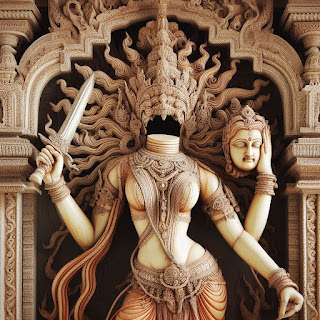The Concept of Androgyny in Gnostic Thought
In Gnosticism, androgyny is a central concept that speaks to the unity of masculine and feminine energies within the divine. This idea is present in many Gnostic texts and is often associated with the figure of the aeon, a divine being that represents a particular aspect of the divine.
The concept of androgyny in Gnosticism can be seen as a rejection of the binary gender norms that were prevalent in many ancient societies. Instead, it emphasizes the unity and balance of masculine and feminine energies, which are seen as complementary rather than opposing forces.
One of the most famous Gnostic texts that explores the concept of androgyny is the Gospel of Thomas, which contains the following passage:
"When you make the two one, and when you make the inner as the outer and the outer as the inner and the above as the below, and when you make the male and the female into a single unity, so that the male will not be male and the female not be female, when you make eyes in the place of an eye, and a hand in the place of a hand, and a foot in the place of a foot, and an image in the place of an image, then shall you enter the Kingdom."
This passage suggests that achieving a state of androgyny is key to entering the Kingdom, which can be interpreted as a metaphor for enlightenment or spiritual awakening. By transcending the duality of male and female, individuals can achieve a higher state of consciousness and connect with the divine.
Another text that explores the concept of androgyny is the Apocryphon of John, which describes the creation of the universe by the divine Sophia. In this text, Sophia creates an androgynous being named Adam, who contains both male and female energies. However, Adam is separated into two separate beings, male and female, by the demiurge, a flawed and ignorant god who creates the material world.
This separation is seen as a tragedy in Gnostic thought, as it leads to a sense of disconnection and alienation from the divine. However, the androgynous nature of Adam is seen as a symbol of the unity and balance of masculine and feminine energies that are present in the divine.
In conclusion, the concept of androgyny is a central idea in Gnosticism that emphasizes the unity of masculine and feminine energies within the divine. This idea is present in many Gnostic texts, including the Gospel of Thomas and the Apocryphon of John, and is seen as a path to spiritual enlightenment and connection with the divine.




Comments
Post a Comment